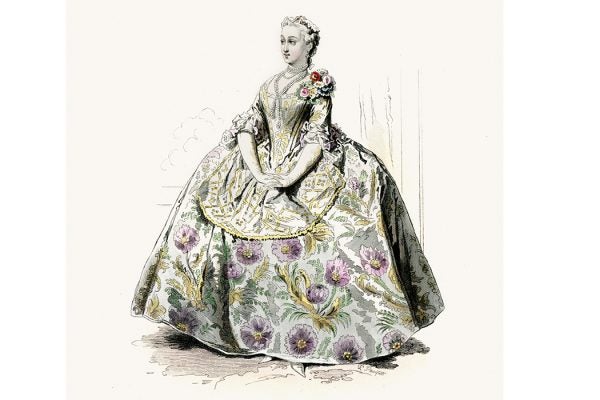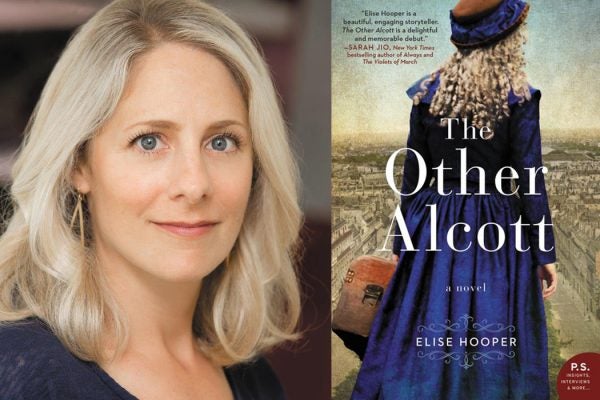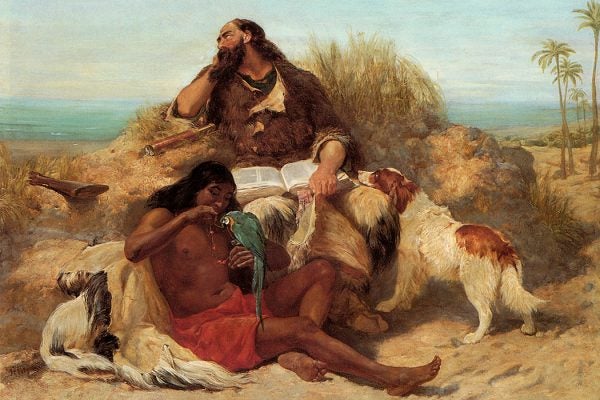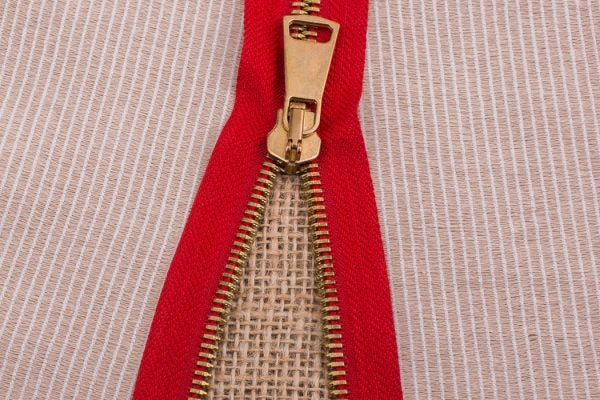The Health Threats of Welfare Stigma
Researchers found that people with high levels of need were scared away from applying for Medicaid and welfare benefits by stigma.
Climate Change Vs. Your Wine
One crop in particular is likely to have problems as climate change progresses. Savor that glass of rosé, for as the climate changes wine grapes will be among the first to suffer.
Frederick Douglass’s Feud Over Uncle Tom’s Cabin
Journalist, physician, and committed black nationalist Martin Delany took Frederick Douglass to task over, among other things, Harriet Beecher Stowe's "Uncle Tom's Cabin."
Why Hoop Petticoats Were Scandalous
In the 18th century a new trend in women's underwear sparked public scandal: the hoop petticoat. How the world became obsessed with what was under women’s skirts.
Discovering the Real Little Women: Researching The Other Alcott
Louisa May Alcott's "Little Women" is a cultural touchstone. But what about the women behind the "Women," Alcott's real-life sisters on whom she based her characters? An interview with novelist Elise Hooper considers the life of "The Other Alcott."
The Tet Offensive: What Were They Thinking?
The Tet Offensive of January 1968 has been much studied from the American perspective, but what did the North Vietnamese think about it?
The Cautionary Tale of India’s Private Hospitals
In 1985, a writer in Economic and Political Weekly saw the beginning of private hospitals in India and warned of the dangers of their mismanagement.
The Real-Life Robinson Crusoe (Maybe)
Marooned sailor Alexander Selkirk, rescued after four years on a remote island, is usually taken as the model of Daniel Defoe's Robinson Crusoe, but is he really?
The Danger of Public Shaming in the Internet Age
The ritual of public shaming is nothing new. But today's brand of mass humiliation is more public, more widespread, more scarring, and potentially more dangerous.
How WWI Made the Zipper a Success
A money belt with a zipper became an instant success among WWI U.S. sailors, whose uniforms did not have pockets. Almost all initial zipper sales were for the money belts.









